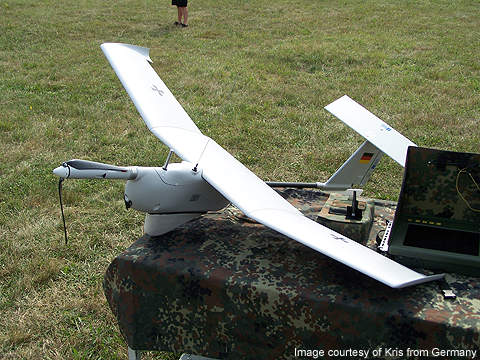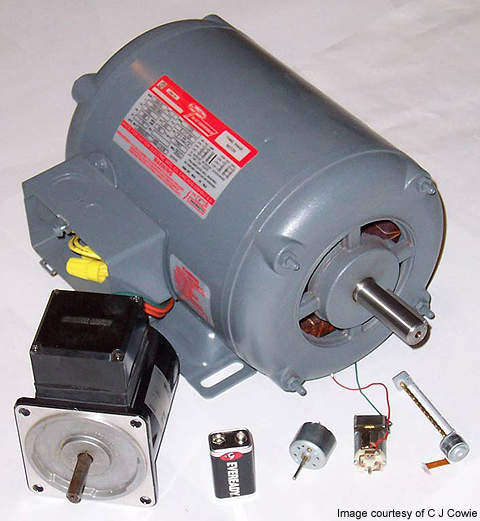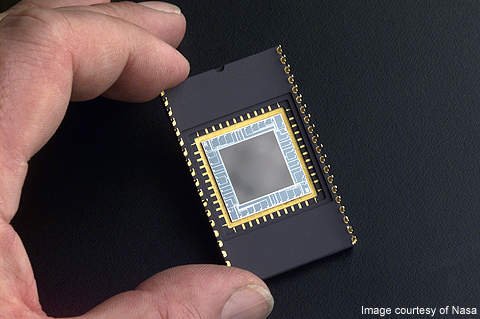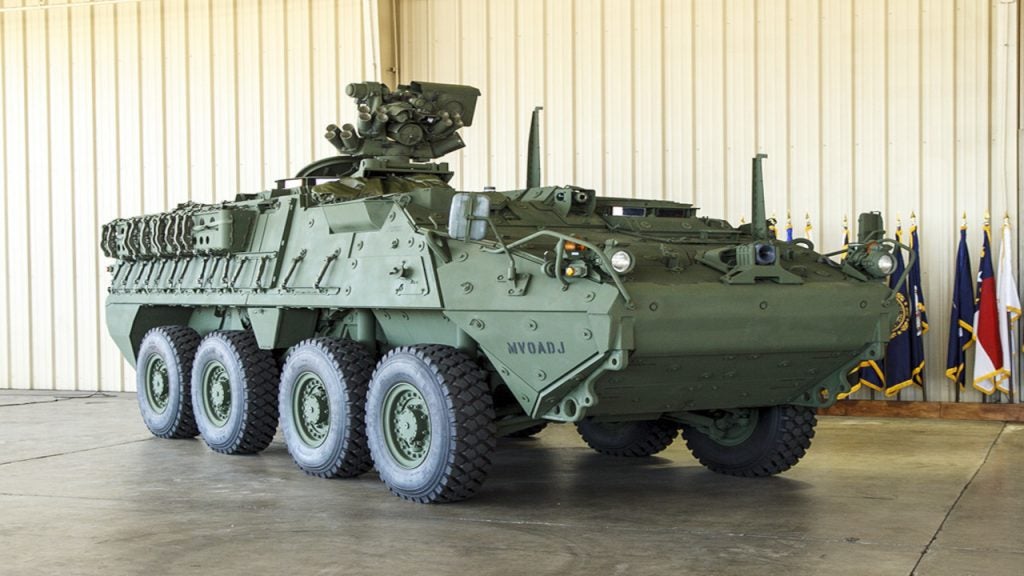The Aladin is a man-portable, miniature, unmanned aerial vehicle system designed and manufactured by Germany-based aviation company EMT for the German Army to perform intelligence, surveillance and reconnaissance (ISR) operations.
Each system incorporates two unmanned aerial vehicles (UAV) and a ground control station (GCS). The aerial vehicle captures real time intelligence data and transfers to the GCS operator via a satellite communication datalink.
Aladin UAV orders and deliveries
EMT received an order for 115 Aladin UAV systems from the German Armed Forces in March 2005. Deliveries began in August 2005. The vehicles are being deployed in northern Afghanistan.
The Dutch Defence Ministry procured five Aladin systems from EMT in May 2006 for deployment in southern Afghanistan (Uruzgan). Deliveries as part of the contract included 10 Aladin aerial vehicles and five ground control stations.
Design and development
The Aladin was designed for both day and night operations and to function in adverse weather conditions. It was designed to operate in hot weathers of Afghanistan mountains. The vehicle can take-off and land on unprepared airstrips and grass runways. It was designed to be launched either by hand or bungee chord and can be recovered through autonomous landing.
Development of the Aladin was proposed in May 2000. EMT was selected to design and build the aircraft in July 2000, and the development contract awarded in March 2001.
Aladin UAV features
The Aladin boasts a robust airframe made up of glass fibre composite materials. It is equipped with four colour video CCD cameras, which include a thermal infrared video camera, a high resolution digital photo zoom camera and two daylight video cameras for offering real time reconnaissance data.
The vehicle also features two suitcases for storing the dismantled aerial vehicle and the GCS payload. It is fitted with a dual bladed propeller and rechargeable lithium-polymer batteries.
The UAV can be assembled and dismantled in five minutes in the field without using any tools. It can be redeployed for another mission by simply replacing its accumulators.
Navigation
The Aladin can be controlled either manually from the GCS via GPS waypoints or through autonomous mode by using preprogrammed flight programs.
It is fitted with an automatic take-off and landing system (ATOL), which facilitates safe landing during communication failures with the control station.
Sensors
The Aladin is equipped with daylight electro-optic (EO) sensors and thermal infra-red (IR) sensors for night reconnaissance. The EO sensor transforms light rays into electronic signals for capturing the real time imagery or videos of the battlefield.
Propulsion
The UAV is equipped with a brushless DC electric motor powered by Lithium-Polymer accumulators.
Ground control station
The GCS processes, retrieves, stores and monitors the real time ISR data provided by the vehicle. It consists of a robust control unit (RCU) and a ground station unit (GSU) along with a 5km range data link antenna. The GCS can be transported and controlled by a single operator.
It features a robust laptop, terrain avoidance system, integrated video display, monitoring displays, digital recording modules and two dimensional or three dimensional digital maps for mission planning and flight control. The GCS which weighs approximately 17kg is designed and manufactured by EMT.
A single command from the control station facilitates the Aladin to execute surveillance on a targeted area. The real time imagery or video is automatically stored on a tape recorder for further analysis.
The point landing capability of the vehicle allows the control station to reduce side wind effects and control the vehicle to accomplish precise landing. Communications between the GCS and the aerial vehicle are carried out through UHF and C-band frequencies with in a range of 15km.
Performance
The maximum speed of the Aladin varies between 45km/h to 90km/h. The range and service ceiling are 15km and 200m respectively. The UAV can loiter in air for a maximum of one hour. Its maximum take-off weight is 4kg.











